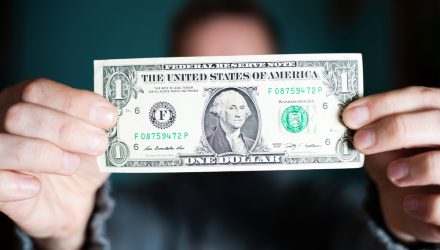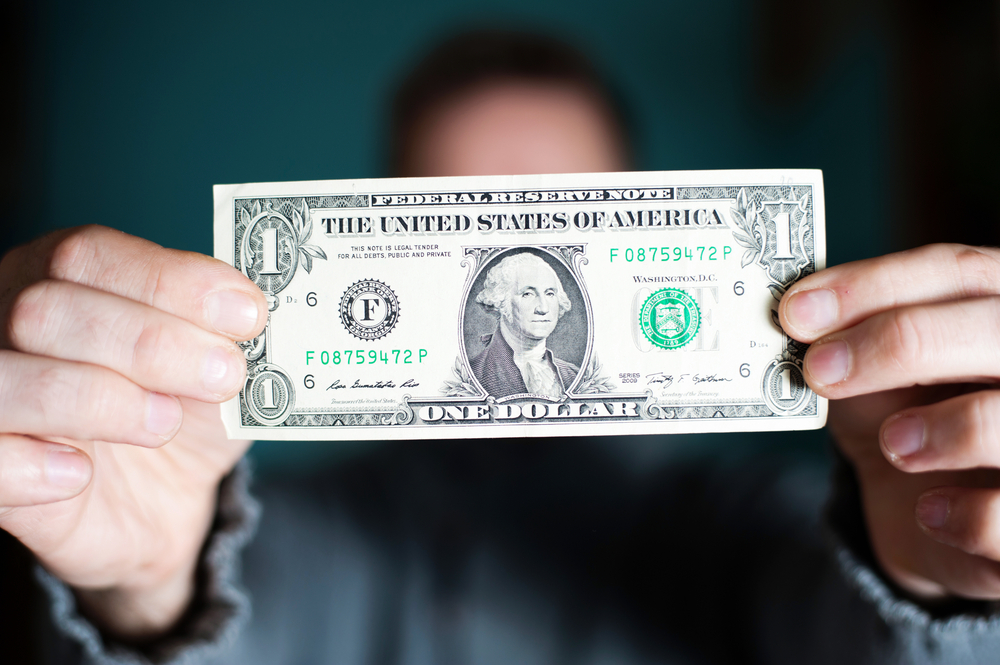
The U.S. dollar and currency-related exchange traded funds have been reeling as rising risk appetite limited the appeal of the greenback.
The PowerShares DB U.S. Dollar Index Bullish Fund (NYSEArca: UUP), which tracks the USD’s movements against a basket of major developed currencies, has declined 3.1% since its record high in mid-May.
Meanwhile, traders who capitalized on the bearish moves in the dollar capitalized on the weakness through an inverse USD strategy, the PowerShares DB US Dollar Index Bearish (NYSEArca: UDN). UDN may be seen as the direct inverse play against UUP, rising 3.3% since its lows.
The USD continued to retreat Thursday as improving risk sentiment helped push traders to riskier currencies that offer higher yields, Reuters reported.
“There are a few factors working against the greenback today, but it’s mostly risk-on sentiment,” John Doyle, vice president of dealing and trading at Monex USA, told Reuters.
For example, Doyle pointed to updates that Saudi Arabia may pump out more oil and China will ease some COVID-19 restrictions, which have helped fuel risk sentiment and weighed on the safe-haven USD’s status.
Shanghai is back up and running after two months of isolation under the country’s zero-tolerance COVID-19 restrictive measures, with shops reopening and people heading back to offices, parks, and markets.
The dollar also did not see any support from data revealing U.S. private payrolls rose less than expected in May, which indicated that demand for labor was beginning to wane amid higher interest rates and tightening financial conditions. Nevertheless, job openings remain elevated.
The U.S. dollar has been retreating from a multi-decade high reached in mid-May as investors dumped all riskier assets in favor of safe-haven plays like the U.S. Treasuries and dollar, following concerns over slowing global growth and a rapid increase in inflationary pressures.
For more news, information, and strategy, visit VettaFi.

